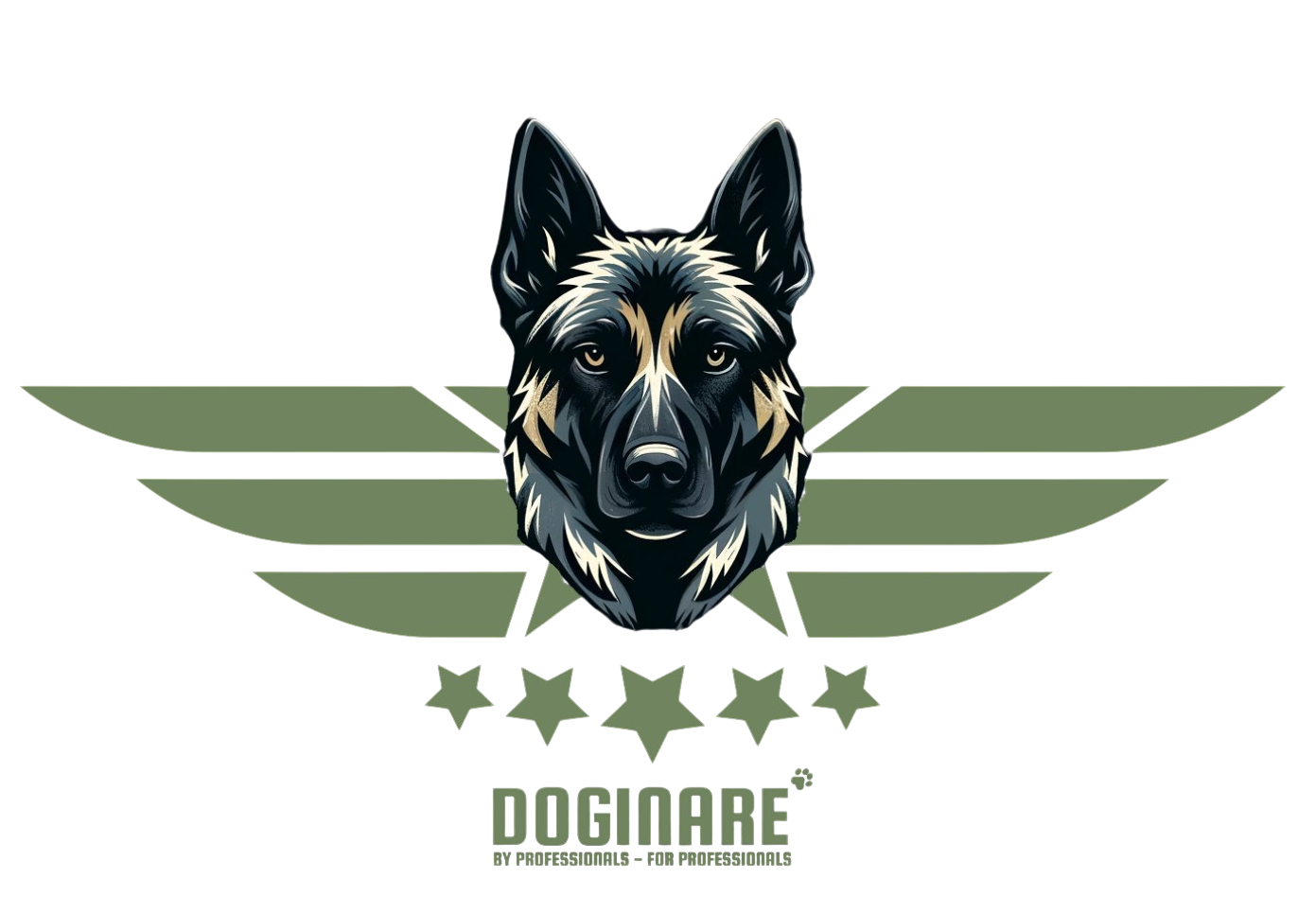Belastungsgrenzen im Schutzdienst – Warum weniger manchmal mehr ist
Der Schutzdienst gehört zu den anspruchsvollsten Disziplinen im Diensthundewesen. Kraft, Geschwindigkeit, Nervenstärke und absolute Kontrolle sind nur einige der Eigenschaften, die ein Hund in dieser Arbeit abrufen muss. Doch wie viel Schutzdienst ist eigentlich gut für den Hund? Und wann beginnt die Grenze, an der Leistung in Überforderung kippt? Genau darum geht es in diesem Beitrag – um die oft unterschätzten Belastungsgrenzen im Schutzdienst.
Schutzdienst – mehr als nur Beute und Griff
Wer mit Diensthunden arbeitet, kennt das Phänomen: Der Hund ist motiviert, schreit förmlich nach Arbeit und scheint nie genug zu bekommen. Der Schutzdienst macht ihm offensichtlich Spaß – und auch für viele Hundeführer ist es ein Highlight im Trainingsalltag. Doch hinter der scheinbar robusten Fassade des Hundes verbirgt sich ein fein reguliertes biologisches und psychisches System, das seine Belastbarkeit nicht unbegrenzt steigern kann.
Hunde sind keine Maschinen. Auch wenn sie in der Lage sind, beeindruckende Leistungen zu zeigen, benötigen sie Regenerationsphasen, Frustrationstoleranz und mentalen Ausgleich. Wird ein Hund permanent „hochgefahren“, also dauerhaft auf Beute- oder Triebniveau gehalten, entstehen schnell gesundheitliche und verhaltensbezogene Probleme.
Die unsichtbare Linie – Stress vs. Leistungsbereitschaft
Einer der größten Irrtümer im Schutzdiensttraining ist die Gleichsetzung von „lauter = motiviert“. Hunde, die laut bellen, ungeduldig zerren oder den Ärmel mit aller Macht attackieren, gelten vielen als besonders belastbar oder einsatzbereit. Doch oft ist genau das Gegenteil der Fall: Ein Hund, der nicht zur Ruhe kommt, ist meist nicht gut geführt, sondern emotional überladen. Seine Impulskontrolle ist eingeschränkt, und er „funktioniert“ nur noch im Muster – nicht im Denken.
Chronischer Stress im Schutzdienst führt zu:
-
muskulären Verspannungen und Verletzungen,
-
verminderter Leistungsfähigkeit,
-
erhöhtem Risiko für aggressive Fehlreaktionen,
-
psychosomatischen Auffälligkeiten (z. B. stereotypes Verhalten, Übersprungshandlungen),
-
langfristigen Schäden im Bewegungsapparat und Nervensystem.
Schutzdienst ist kein Ventil – sondern kontrollierte Arbeit
Viele Diensthunde, insbesondere junge oder neu eingekaufte Hunde, erleben den Schutzdienst als Selbstbelohnung. Sie entwickeln sich schnell zu „Beißautomaten“, wenn nicht frühzeitig klare Regeln und Belastungsgrenzen etabliert werden. Das bedeutet: Nicht jeder Griff muss gesetzt werden, nicht jede Einheit braucht Vollkontakt, und nicht jeder Beller ist eine Bestätigung wert.
Gerade die Fähigkeit, warten zu können, passiv zu bleiben, trotz Ärmelreiz ruhig zu verharren oder unter Ablenkung abrufbar zu bleiben, sind zentrale Indikatoren für eine belastbare Einsatzfähigkeit. Ein Hund, der nur in Erregung funktionieren kann, ist im Ernstfall ein Risiko – für sich, den Hundeführer und Unbeteiligte.
Körperliche Belastung – oft unterschätzt
Neben der psychischen Komponente ist auch die körperliche Belastung im Schutzdienst enorm. Der Druck auf Gelenke und Wirbelsäule beim Sprung in den Vollgriff, die Einwirkungen auf den Kieferapparat oder die Belastung durch häufiges Hetzen auf hartem Boden werden oft zu spät erkannt. Insbesondere bei jungen Hunden im Wachstum oder älteren Hunden mit bereits bestehenden Beschwerden kann dies langfristige Schäden verursachen.
Eine tierärztlich begleitete Belastungskontrolle, regelmäßige osteopathische Checks und eine angepasste Trainingsfrequenz sind deshalb keine Option, sondern Pflicht. Wer seinen Hund liebt, schützt ihn – auch und gerade im Schutzdienst.
Fazit: Qualität vor Quantität
Belastungsgrenzen im Schutzdienst zu erkennen und zu respektieren, ist kein Zeichen von Schwäche, sondern von Professionalität. Diensthunde sind Hochleistungspartner, aber keine Verschleißteile. Wer auf Dauer gesunde, leistungsfähige Hunde führen möchte, muss rechtzeitig Grenzen setzen, Pausen einbauen und Trainingsinhalte gezielt steuern.
Weniger ist oft mehr – besonders dann, wenn es um das langfristige Wohl des Hundes geht.
🛒 Mehr zu diesem Thema findest du in meinem Buch „Modern K9 Training for Police, Military & Protection Dogs“ – erhältlich als Premium Edition (PDF/eBook):
👉 Jetzt im DOGINARE-Shop entdecken
Karl-Heinz Klöpper
Autor | Sprengstoffexperte | Diensthundeführer a. D.
DOGINARE – K9 Training meets Science
Möchtest du passende Schlagwörter für diesen Beitrag?

0 comments